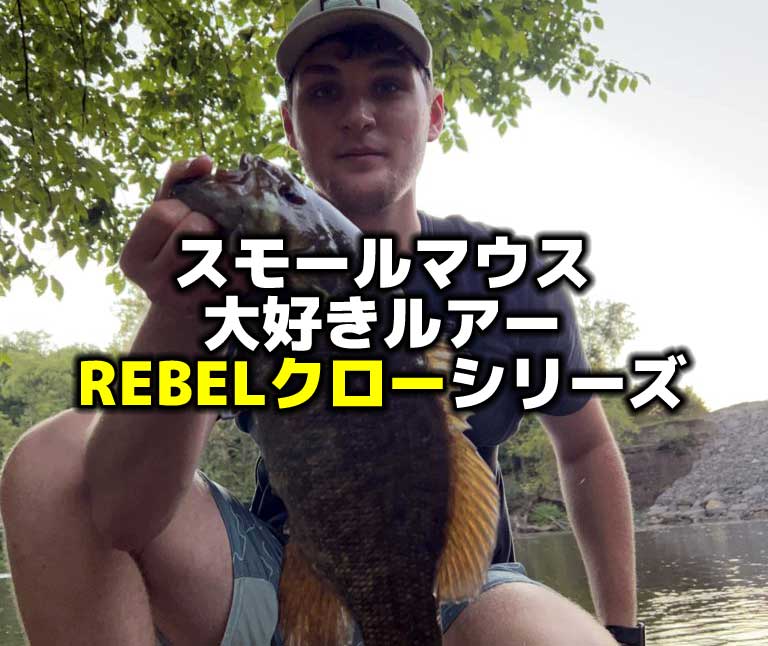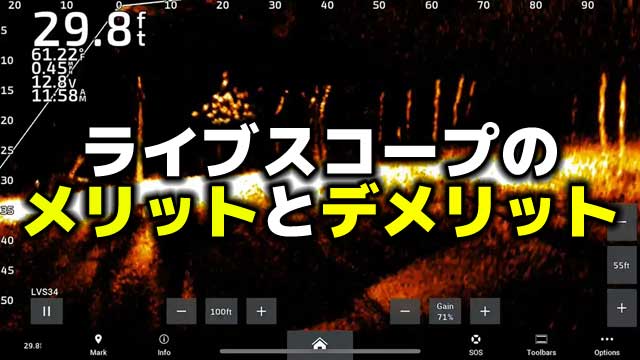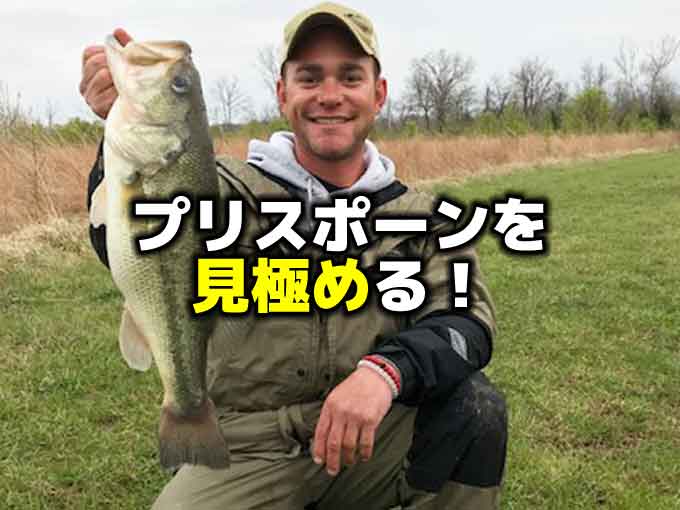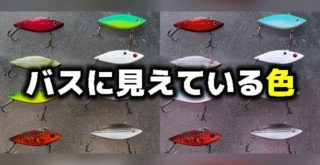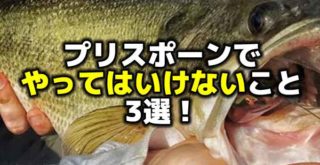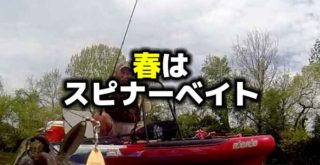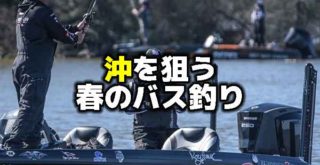春のバス釣り成功のカギは水温!低水温期のバスの行動と効果的なテクニック
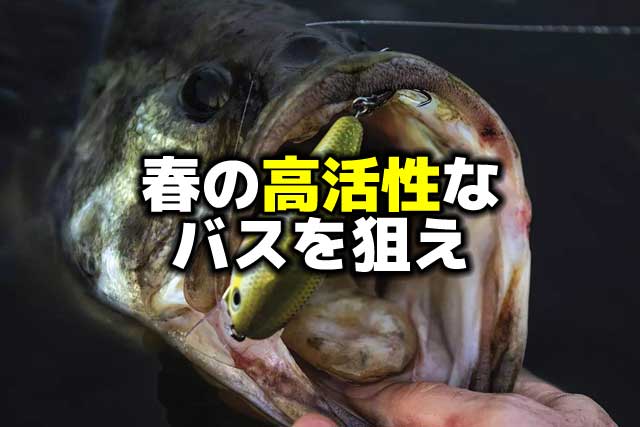
春のバス釣りで大切なのが水温です。この記事では、低水温期のバスの行動パターンと移動ルートを解説。さらに効果的なルアーやテクニックをいくつか紹介しています。春のバス釣り成功への第一歩はこちらから。
こんにちは!店長の小山です!
バスは、冬から春へと移り変わりを感じると、それまでいたディープからシャローに向けて動き出します。
一般的に冬のバスがディープにいる理由は、水温が安定しているからだと言われています。
冬は代謝が落ちるため、それほど食べる必要はないようですが、湖が全面結氷するような地域でもアイスフィッシング(氷に穴をあけてするバス釣り)で釣れているのですから、まったく釣れないということではないのでしょうけども、なかなかハードな釣りになりますよね。
それが、水温の上昇なのか日照時間の増加なのか分かりませんが、春の気配を感じることでバスたちは産卵に備えてシャローを目指し始めます。
そのバスたちはただ単に産卵だからシャローへ行くのではなく、産卵のためにいっぱいエサを食べなきゃ、という意識になっているようです。
そういうことであれば、春のバスは食べることにより積極的になっているやつを狙うしかありませんよね!
この記事は、アメリカのルアーとフライフィッシングの専門メディア「GAM & FISH」のコラム記事で、ライターであり大学教授のジェイソン・A・ハルフェンが、春に活発になっているバスの釣りについて解説してくれています。
冬から春への変化の中にいるバスを釣るため、ぜひ読んでみてください。
低水温期のバスの居場所
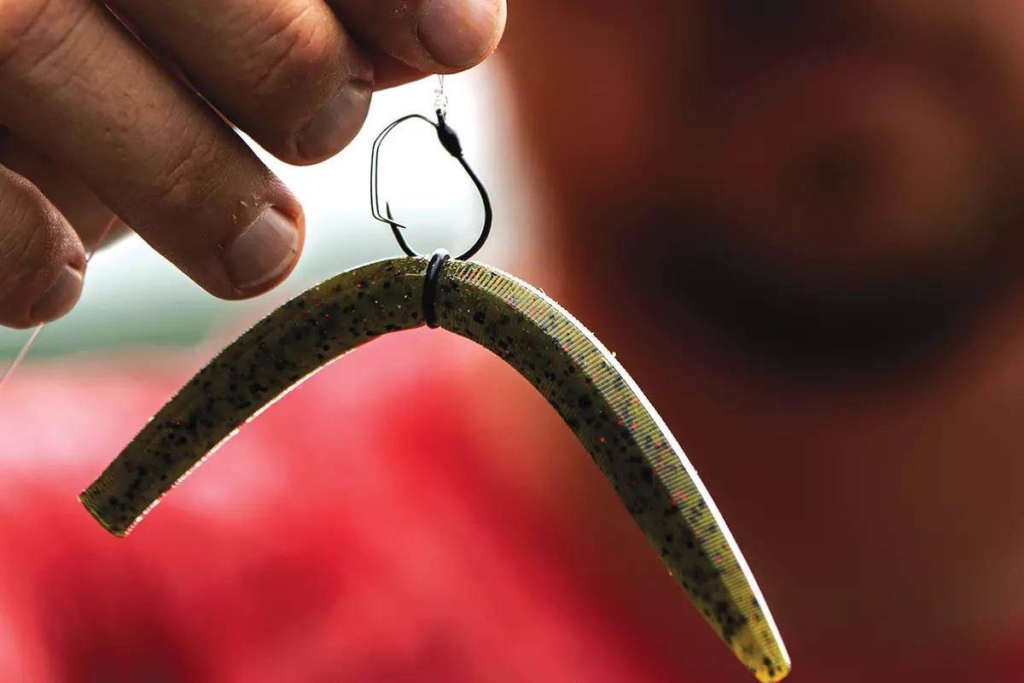
LOCATE COLD-WATER BASS
While the general direction of bass movement in the early spring is from deep to shallow, this transition does not occur overnight, and it tends to be quite sensitive to local weather conditions. To locate bass consistently throughout the spring, it is useful to recognize typical stopping or holding points where bass may collect as the water warms and days get longer, or where the fish may fall back to when strong spring storms make life in the shallows less appealing.
Advertisement
×
In a typical Southern reservoir, bass will move from deep water along the main river channel into the back ends of shallow creek arms where they will eventually spawn. Along the way, the first collection areas are often the primary points at the opening of the creek arms, followed by secondary points between the main channel and the creeks themselves. Hard-bottomed points with scattered rock are particularly important, as those bottom features will absorb heat from the sun during the day and release it into the water at night, helping to stabilize local water temperatures. Rocks are also a key foraging location as crawfish awaken from their wintertime slumber and re-enter the food web.
Backwater ponds are key destinations for bass that roam both large and smaller rivers. These areas are often spared from strong spring flows that make main channel areas less desirable from the bass’ perspective. In addition, more shallow cover, often in the form of fallen wood or brush, becomes accessible as water levels increase from spring rains. Any neck-down areas that separate the ponds from the main river, such as small channels, bridges or culverts, become key stopping points for bass as they move toward their eventual spawning locations.
In natural lakes, remnant weed edges in deep water are the first places to hunt for cold-water bass. Here, bass find both cover and forage, and these areas are also key locations for fish that are driven from shallow water by spring storms. As water temperatures continue to rise, look for bass in the season’s first green vegetation that crops up in 4 to 6 feet of water. With shallow cover options limited, small pockets of green weeds can be absolute bass bonanzas at this time of year.
春先のバスの移動の一般的な方向性はディープからシャローへですが、この移行は一晩で起こるわけではなく、局地的な天候条件の影響を非常に受けやすい傾向があります。
春を通してコンスタントにバスを見つけるためには、水温が上がり日照時間が長くなるにつれてバスが集まる可能性のある一時停止場所やしばらく滞在するような場所、あるいは寒の戻りでシャローが冷え込んだ時にバスが避難する可能性のある場所を知っておくことが役に立ちます。
典型的なアメリカ南部のリザーバーでは、バスはメインリバーのチャンネルから支流の上流部まで移動し、そこで産卵します。 ですので、最初にバスが集まるのはメインリバーと支流の合流地点となる岬であり、次に支流の中にある岬(セカンダリーポイント)です。
岩が散らばっているようなハードボトムの岬は特に重要であり、ハードボトムは昼間、太陽の熱を吸収し、夜にそれを水に放出するため、そこだけ水温を安定化させます。 岩はまた、冬眠から覚めて上がってくるザリガニの重要な餌場所でもあります。
バックウォーターにあるプールは、リザーバー内を回遊するバスの重要な目的地です。 これらのエリアは大抵、強い流れから外れており、バスから見て魅力的になっています。
さらに、むき出しになっていたシャローのレイダウンやオダも、春の雨による水位上昇に伴ってバスが着きやすくなります。
プールと本流を分けるもの、たとえばわずかなチャンネル、橋、あるいは水中のミオ筋は、産卵場所へ向かう途中のバスにとっての重要な停止地点となります。
ナチュラルレイクでは、ディープに残るウィードエッジは低水温期のバスを探すための最初の場所です。 ここでバスはカバーとベイトの両方を見つけ、また寒の戻りでシャローから逃げてきたバスにとっても重要な場所です。
水温が上昇し続けるにつれて、1.2メートル~1.8メートルの水深にできるインサイドの新芽のウィードエッジでバスを探します。 シャローのカバーがまだ少ないこの時期、ウィードエッジの小さなポケットは絶対的なバスのたまり場となることがあります。
どうやってバイトを誘うか
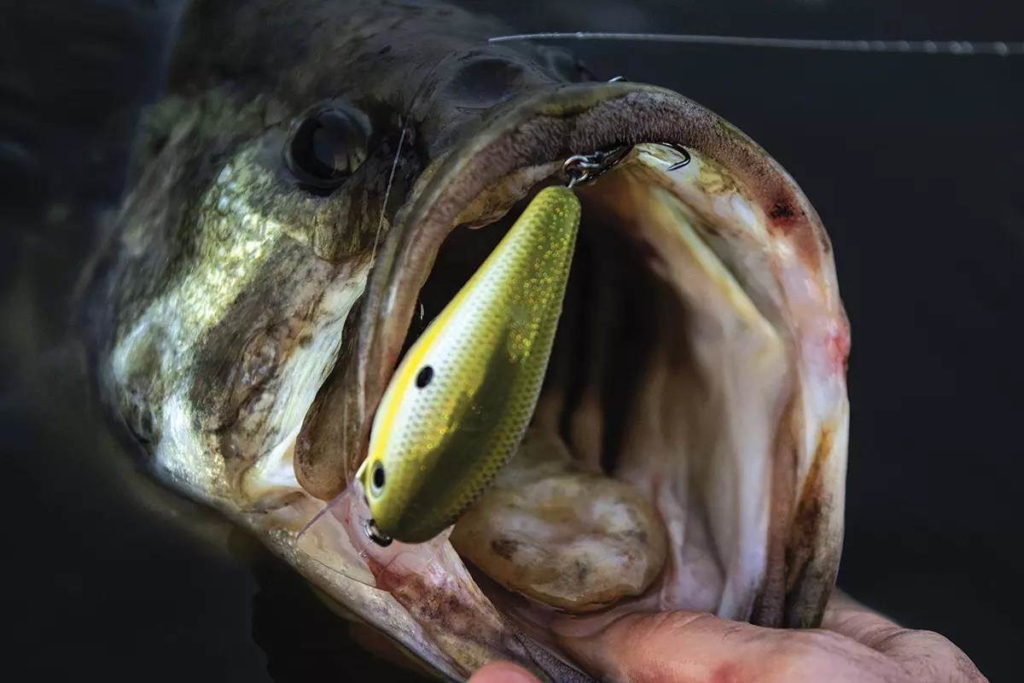
TRIGGER THE BITE
I sort my cold-water bass presentations into one of two categories. Coverage presentations locate fish and trigger aggressive feeders, while finesse offerings tempt more lethargic bass. Have appropriate rods rigged for both aboard your boat in early spring.
The suspending jerkbait is a classic coverage technique for cold-water bassin’. With a wide range of diving depths available, jerkbaits allow anglers to target fish along the entirety of their deep-to-shallow transition. Recognize that the majority of jerkbait strikes occur during pauses in your retrieve cadence, and those pauses should be long in duration when water temperatures remain low.
Square-billed crankbaits are effective coverage options when bass are cruising hard-bottomed points or when the fish are associated with rocks. Grind the lures down into the substrate to kick up an appealing trail of suspended sediment that mimics the debris kicked up by a spooked crawfish. Deflecting the square-bill off rocks or fallen timber is a reliable strike trigger.
A personal favorite coverage offering is a vibrating jig. Dress a 1/2-ounce Z-Man Chatterbait with a slender soft-plastic trailer, and retrieve it adjacent to and through shallow cover at a speed just fast enough to activate the blade. Work pauses into the retrieve to probe deeper water and to trigger strikes from following bass.
Two finesse presentations belong on every cold-water angler’s deck: a weightless wacky worm and a Ned rig. Bass will often show a preference for slowly falling horizontal presentations, like the wacky rig, versus vertically falling lures, such as the Ned rig. Slow and subtle movements are the keys to successfully presenting either finesse offering.
A new fishing season is at our doorstep. Follow largemouth bass as they move from deep to shallow, tailoring your presentations to suit the location and the mood of the fish, to enjoy consistent early spring fishing.
私は春先の低水温期のバスへのプレゼンテーションは2つのカテゴリーに分類しています。広域プレゼンテーションは魚を見つけ出し、積極的に捕食しているバスを誘発し、フィネスアプローチはより動きの遅いバスを誘惑します。 早春には両方のタックルをボートに積んでおきましょう。
サスペンドジャークベイトは、低水温期のバス釣りの古るくからある広域プレゼンテーションテクニックです。幅広い潜行深度を持つため、ジャークベイトでアングラーはディープからシャローへの移行全体にわたってバスを狙うことができます。
ジャークベイトではバイトの大部分が、ジャークとジャークの間のポーズ中に発生することを忘れず、水温が低いほど、ポーズは長時間である必要があると考えられます。
スクエアビルクランクベイトは、バスがハードボトムの岬を回遊しているとき、またはバスが岩に着いているときに効果的な広域プレゼンテーションです。
ルアーをハードボトムに当て、驚いたザリガニが砂煙を巻き起こしたようなアピールをします。 スクエアビルを岩や倒木に当てて跳ね返らせるのは、確実にバイトのトリガーになります。
私のお気に入りの広域プレゼンテーションはチャターベイトです。 細長いトレーラーを付けたZ-Manの1/2ozのチャターベイトで、勢いよくブレードが振動する十分なスピードでシャローカバーの際や中を通します。
またリトリーブにポーズを入れて、より深い水を通したり、追ってきているバスのバイトを誘います。
フィネスアプローチには2つのタックルをデッキに置いています。ノーシンカーワッキーとネッドリグです。 バスの多くは、ネッドリグのように垂直にフォールするワームよりもワキーリグのようなゆっくりと水平にフォールするプレゼンテーションを好むことがあります。 ゆっくりと控えめな動きが、どちらのフィネスプレゼンテーションにも必要な鍵となります。
新しいバス釣りシーズンは目前に迫っています。 ディープからシャローへ移動するラージマウスバスを追跡し、プレゼンテーションをバスの立場と気分に合わせてアジャストすることで、コンスタントに早春の釣果をあげていきましょう。
バスの居場所、使うルアーともに非常にシンプルな解説でとても分かりやすかったですよね。
リザーバーなら岬、ナチュラルレイクならウィードがカギとなるようです。
そして使うルアーも巻き物系とワーム、もっと言うと巻きかフォールかの2択みたいな感じでしたね。
バスは春を意識しているとはいえ、全員が同じタイミングで動くわけではないし、水温自体がまだ低いため、ディープにもシャローにもバスはいる、でも、より積極的なのはシャローを目指して動いているバスだという感じでしたかね。
まずはこちらも積極的に巻き物で狙って行って、反応がなければノーシンカーワッキーのフォールを試すという計画で良さそうです。
私から付け加えるとすれば、春先は太陽が出てポカポカ陽気になりやすいですが、水温はまだ低いので、油断せず落水には充分注意して、早春の釣りを楽しみましょうね!
それではまた。
毎度ありがとうございます!
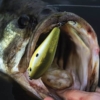
 https://www.gameandfishmag.com/editorial/aggressive-bass-ear...
https://www.gameandfishmag.com/editorial/aggressive-bass-ear...




